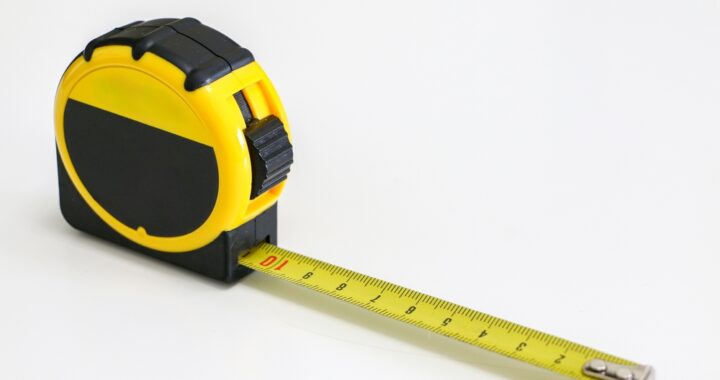Welcome to Florida! If you deal with construction defects in Florida, then you know, or certainly should know, about Florida Statutes Chapter 558. Chapter 558 contains the pre-suit notice requirements before instituting a construction defect lawsuit. They are a “must know” if you practice in the construction defect world. While I may not be a huge proponent for the Chapter or view it as value-added when you factor in numerous considerations, how I feel is of no moment. The pre-suit requirements are still the governing “law of the land” for Florida construction defects lawsuits. A recent case demonstrates this point.
In Moss & Associates v. Daystar Peterson, 50 Fla.L.Weekly D509a (Fla. 3d DCA 2025), a condominium unit owner sued the condominium association and general contractor in a lawsuit grounded on construction defects. The unit owner claimed his unit was damaged by water intrusion due to the contractor’s faulty workmanship regarding renovations and repairs to common areas of the condominium. There was not a dispute as to the unit owner’s failure to comply with the pre-suit notice requirements of Florida Statues Chapter 558. The general contractor moved to stay the lawsuit pending the unit owner’s compliance with the pre-suit notice requirements. The trial court denied the stay request. On appeal, the Third District Court of Appeal held that Chapter 558’s pre-suit notice requirements were a statutory requirement that the unit owner had to comply with in order to institute a construction defect lawsuit. Thus, the Third District quashed the trial court’s order and granted the stay. (“By [the trial court] instead concluding that no stay was yet required, the trial court failed to apply the plain language of section 558.003, thereby departing from the essential requirements of the law.”).
Here is why this case is important. The unit owner did not hire the contractor to construct or perform work to the condominium or the condominium’s common elements. Notwithstanding, the trial court held the unit owner was still deemed a “claimant” under Chapter 558 and, therefore, needed to comply with the pre-suit notice requirements in Chapter 558. This cements the fact that the pre-suit notice requirements for construction defects are not to be overlooked.
If you are dealing with a construction defect claim, make sure you are utilizing construction counsel to help navigate Chapter 558’s pre-suit notice requirements and so that your defect claim is maximized.
Please contact David Adelstein at dadelstein@gmail.com or (954) 361-4720 if you have questions or would like more information regarding this article. You can follow David Adelstein on Twitter @DavidAdelstein1.



 Florida has a
Florida has a 

 Associations have authority to pursue as a class, on behalf of all of their respective members, lawsuits “concerning members of common interest to the members.”
Associations have authority to pursue as a class, on behalf of all of their respective members, lawsuits “concerning members of common interest to the members.” If you are dealing with
If you are dealing with  A recent case contains valuable analysis that has impact on whether a
A recent case contains valuable analysis that has impact on whether a 